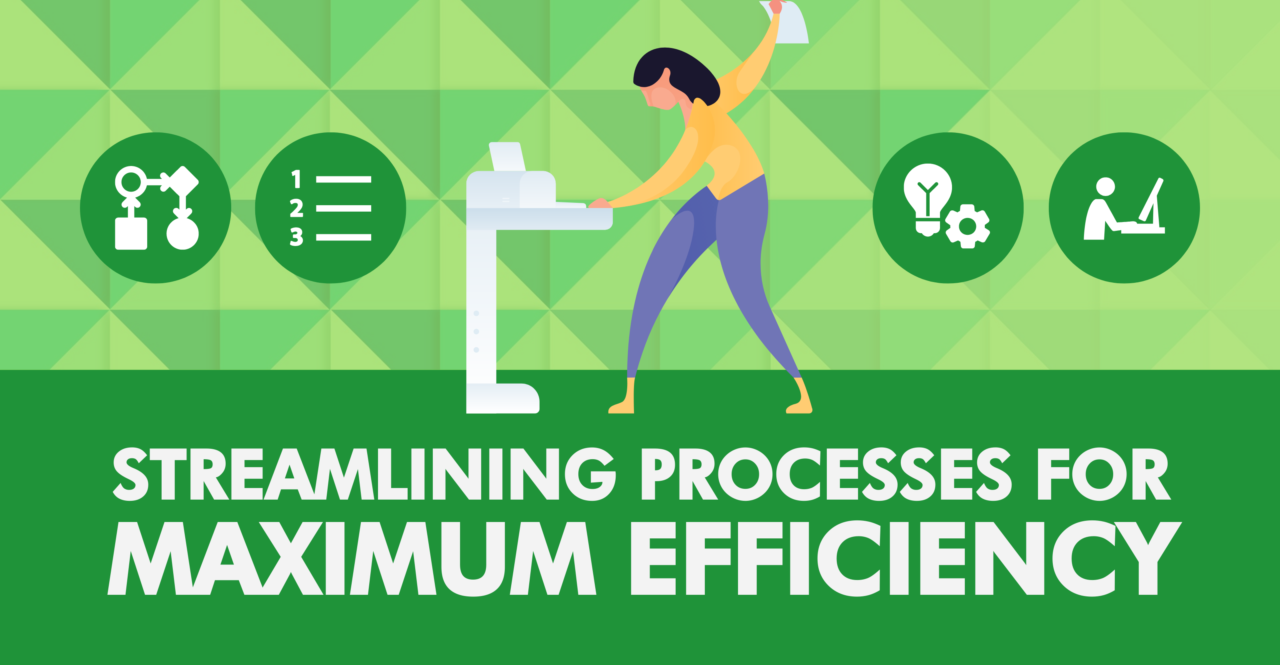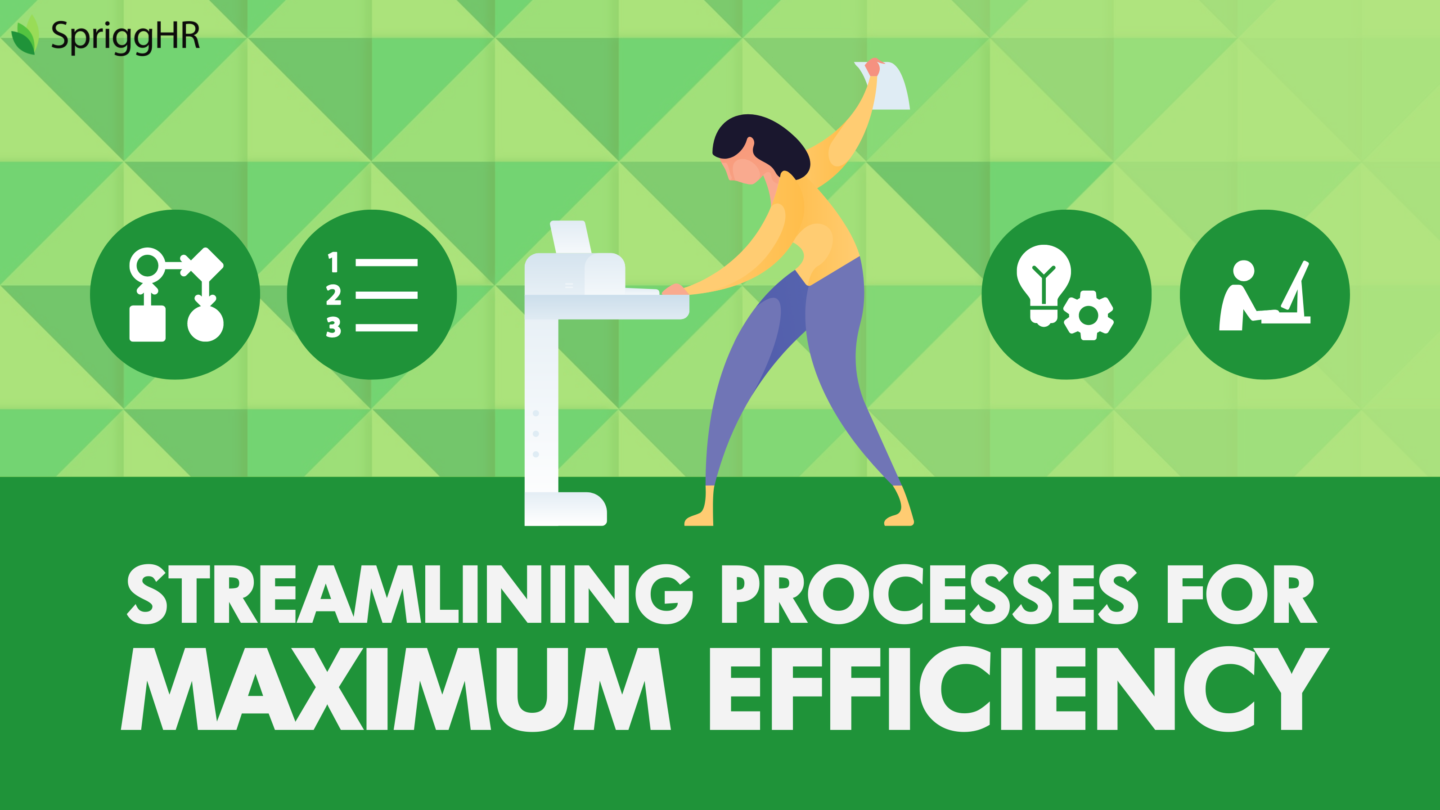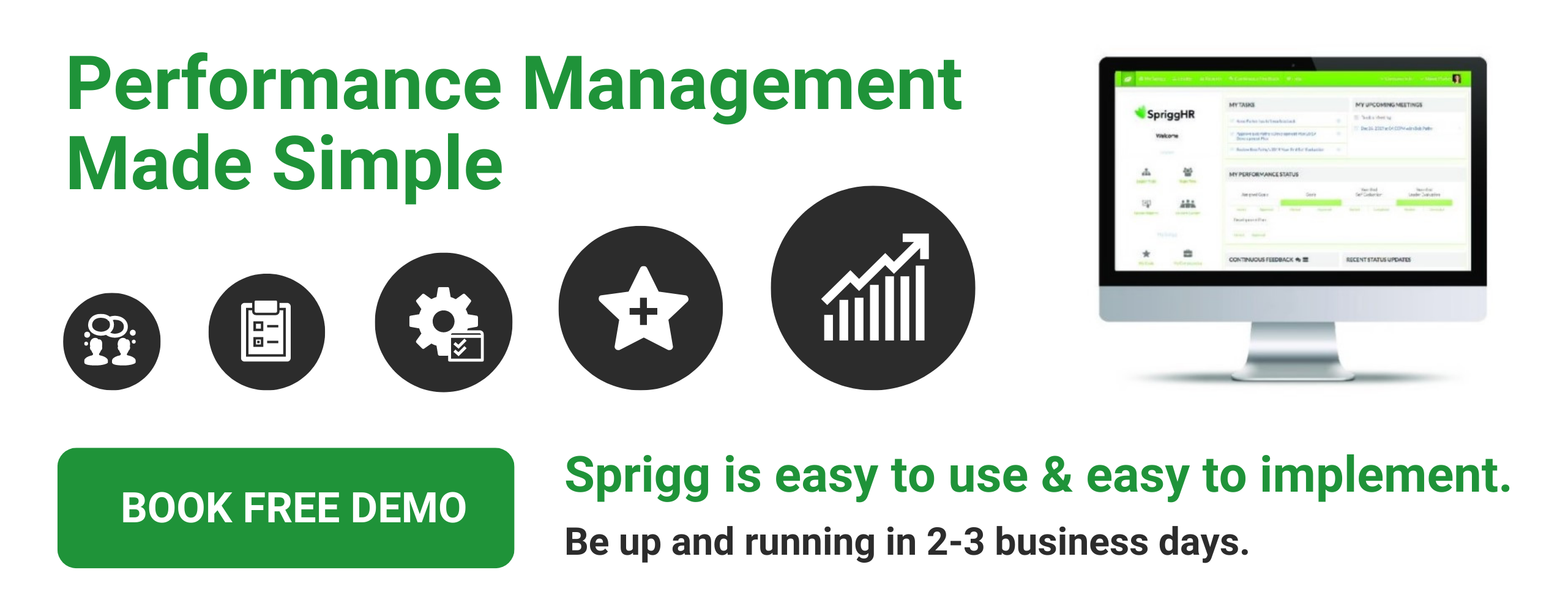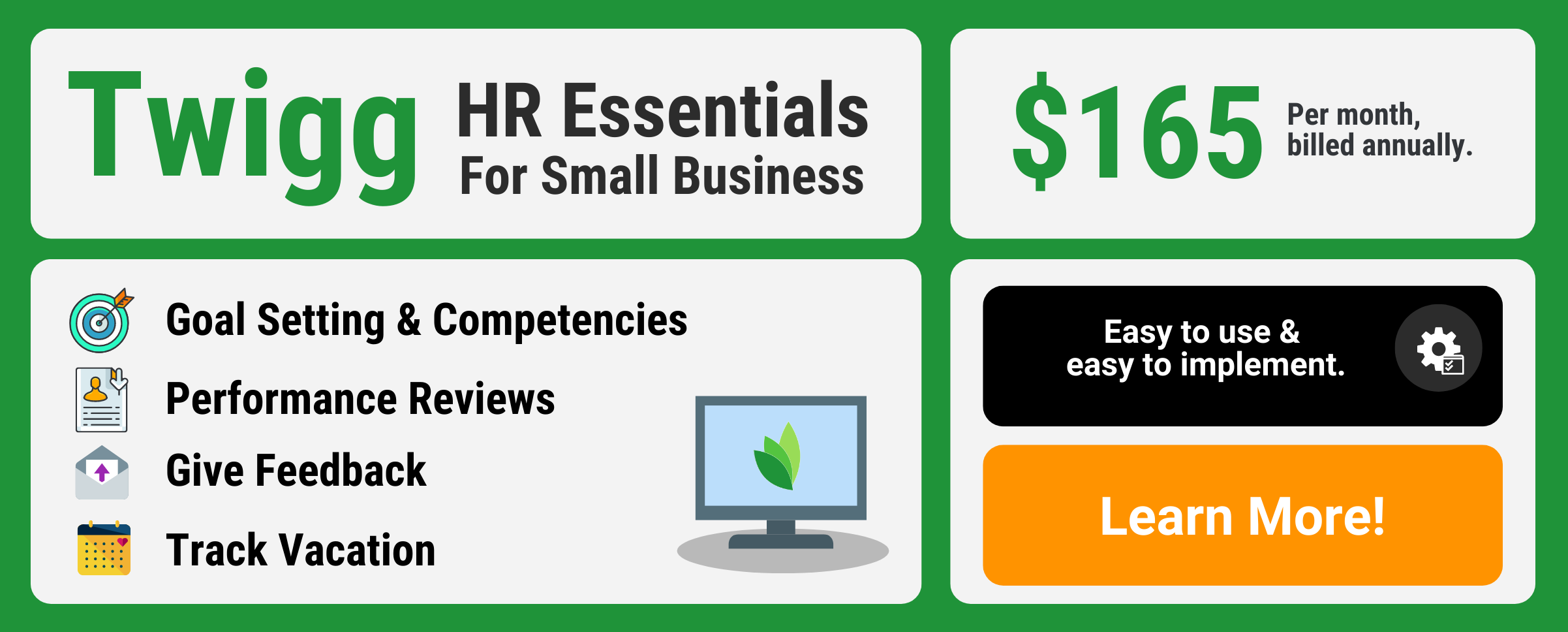
Streamlining Processes for Maximum Efficiency
Streamlining processes in an internal context will ideally enable improved efficiency and promote a more seamless and simplified implementation of any newly introduced system or process. Whether its work allocation, quality inspection or project monitoring, teams can always stand to benefit from reviewing and improving upon existing approaches to work.
What is a Streamline Process?
Streamline is defined as the act of altering something to make it simpler or more efficient. In the context of work, this involves the reforming of a certain process or method being used to accomplish a task to improve its overall efficiency and / or effectiveness of yielding results. For example, the work of invoicing clients can be streamlined (improved upon) by ensuring the process steps are consistently and repeatedly followed by any one individual responsible for completing and distributing the invoices.
A business process is any series of repeatable activities that are carried out by an individual or group, in a specific order, to achieve a result. Each of these activities constitutes a task, which may be part of a process or a one-off event on its own. The formality of business processes will vary among organizations, with the formal processes being documented. A streamlined business process results in faster outcomes regardless of formality and ideally results in fewer issues or inefficiencies along the way.
Some examples for several business divisions include:
- Human Resources and Administration: new employee onboarding
- Sales and Marketing: CRM process
- Finance and Accounting: vendor invoice submission
- Operations: product delivery and QA
- Management: employee reviews
- IT: security protocols
- Asset Management: asset discovery and inventory
- Supply Chain Management: replenishment of materials
- Compliance Documentation: quarterly reporting
- Project Management: task notification
The Benefits of Streamlining Processes
Employee engagement should always be an area being continuously analyzed and improved upon when necessary. A key factor that influences employee engagement is how well they understand their duties, and the degree of accountability they are working under. Streamlining processes not only reduces errors in work efforts and speeds up progress, it also helps to clarify those duties and enforce that needed accountability. As a result, it has a tremendous impact on employee morale, and ultimately increases employee engagement levels.
Regardless of the size of a company, streamlining processes presents several major benefits. Some key advantages that come from its implementation include:
- Increased efficiency, agility, productivity, and profit
- Improved communication
- Clearly documented procedures and greater visibility into processes
- Reduction in errors, missed deadlines, delays, and redundant work
- Improved compliance with industry standards
- Simplified training
- Improved employee adoption
- Clearly defined task ownership and workflow hierarchy
- Clarity of direction and accountability
- Improved customer satisfaction

10 Steps to Streamline the Work Process and Develop and Efficient Workflow
To begin streamlining, you need a clear awareness and a thorough understanding of the process and documentation necessary in each stage leading up to the end project goal. In order to streamline a process and maximize efficiency within your workplace processes, follow these steps:
1. Analyze the Current Workflow
Not all organizations have a clear understanding of the extent of their existing processes (formal or informal). Therefore, the first step towards streamlining processes is always to list out every process, and then do a thorough analysis of each. You need to understand how each process in every division or unit of your company operates. The goal of this stage is to identify how the company has been operating so far, and where the opportunities exist to make improvements. Interview employees and solicit feedback on each process that your business follows.
2. Identify Key Areas of Focus
Once you have analyzed your existing work processes, you then need to identify the areas that need improvement. Look for processes and workflows that suffer from waning motivation from employees, unclear instructions, or decaying communication. Pinpoint the factors that can, or that already are, impacting the effectiveness of the existing processes and target to improve.
3. Break Down the Process
Once a process has been identified for improvement, the next step is to break up the work process into smaller, more manageable steps. Too many businesses get caught up in the dependencies and decision points of all their projects, largely because their work process is overcomplicated. Aim to keep the process simple, breaking it into discrete steps that aim simply towards the desired outcome.
4. Prioritize the Work
Once you have identified and broken down the processes that need improvement, you then need to rank them based on importance. Examine the list of processes you have, and rate each on a scale of 1 to 10, with 1 being the most important process and 10 being the least important process. This helps to keep priorities in focus, and clarify what resources are required when.
5. Document Everything
Every micro-step included in the process must be captured and documented; this is essential if you hope to accurately review the process. It is critical to validate each process step to ensure the process flow is occurring as described; this will be essential when it comes time to make recommendations on improvement.
6. Automate the Work Process
In a landscape of rapid technological advancement, it is no surprise that one of the most common elements businesses use these days to manage their workflow are modern work management software solutions. The process of accomplishing a task or completing a project is not immune to data errors and miscommunication. However, there are countless powerful software tools that are specifically designed to help organizations and teams streamline their processes and workflows. These modern management software solutions offer simple tools and apps, with advanced features and capabilities, that make the complex process of managing business processes easier than ever. Often a viable business case can be presented in favor of using such tools.
7. Test the New Workflow
The only way to measure whether your new and improved work process is effective is to test it. To do this, you need to evaluate how it responds in the live workplace environment. Initially, aim for smaller areas to test case the improvements. For example, you could apply the streamline process in an upcoming project and get a clear sense of how each element of the process works in action.
8. Be Prepared to Adjust
Once you have tested the new process in the live workplace environment, you need to be ready to refine your new workflow based on the results. Virtually all new initiatives (our those improved upon) take some time to introduce and effectively execute. Evaluate the effectiveness of each change in the workflow and ensure everything works to the best possible degree before implementing it to a larger scale roll out.
9. Put the New Workflow into Action
Once you have tested your new workflow, and made improvements wherever necessary, there is no reason to delay its implementation. Create a communication and / or a training strategy that ensures you clearly explain each aspect of the new streamlining process to your employees before you put it into action. It is critical that every member involved understands how the processes work, and what they can do to get the most out of them.
10. Refine the Streamlined Process
Even with the most rigorous refinement period before implementation, no work process or workflow is immune to flaws and disruptions. Once you have made improvements in your existing work process, don’t assume you won’t have to continuously refine it over time. There are workflow management systems that can make these regular check-ins seamless and can help you to adjust your streamlining processes to the changing work environment which will inevitably occur.
Get the Most Out of Your Business Workflows by Streamlining Processes for Maximum Efficiency
Like any other business practice, the size and type of your organization will help determine the depth of work required to streamline your processes. Putting this framework into action can help you to isolate workflow issues and depending upon those priorities addressed, streamlining processes have the potential to improve your business results significantly.






